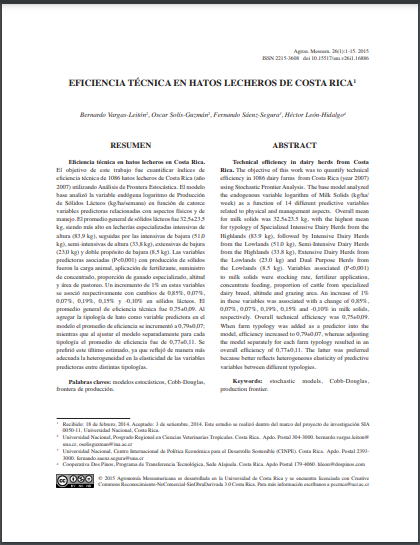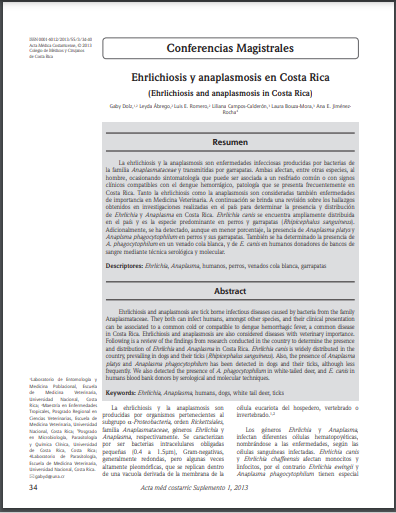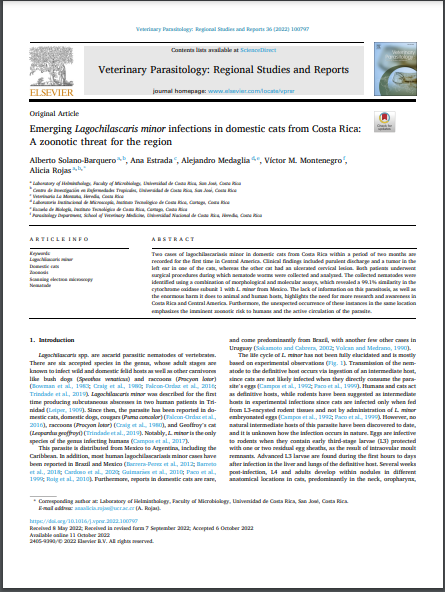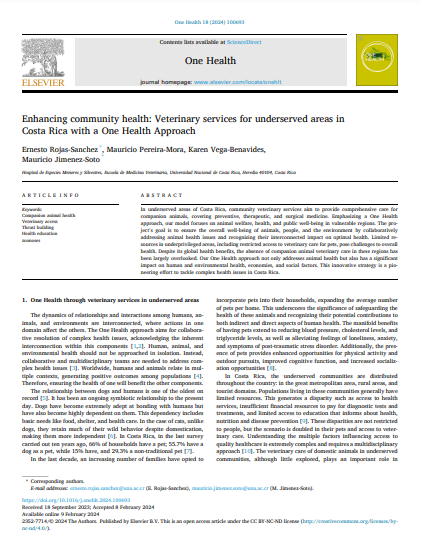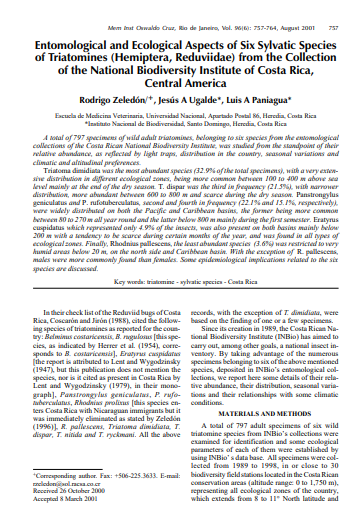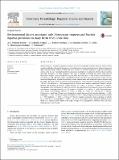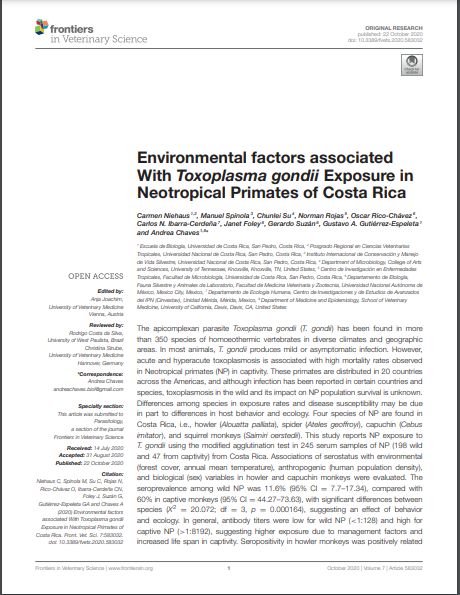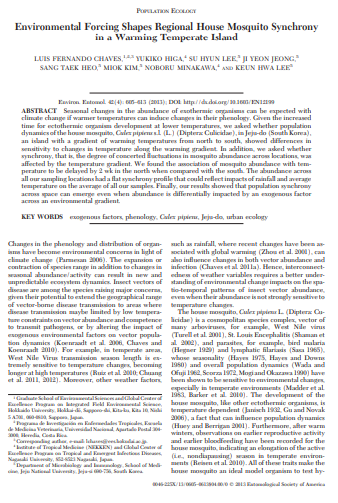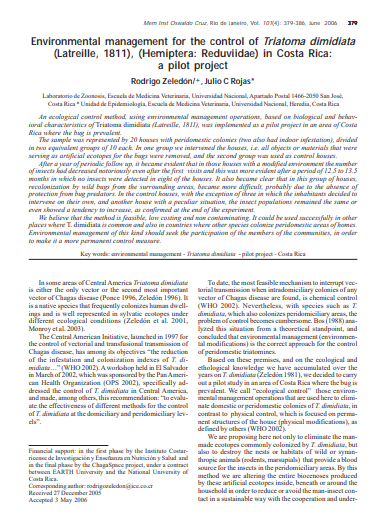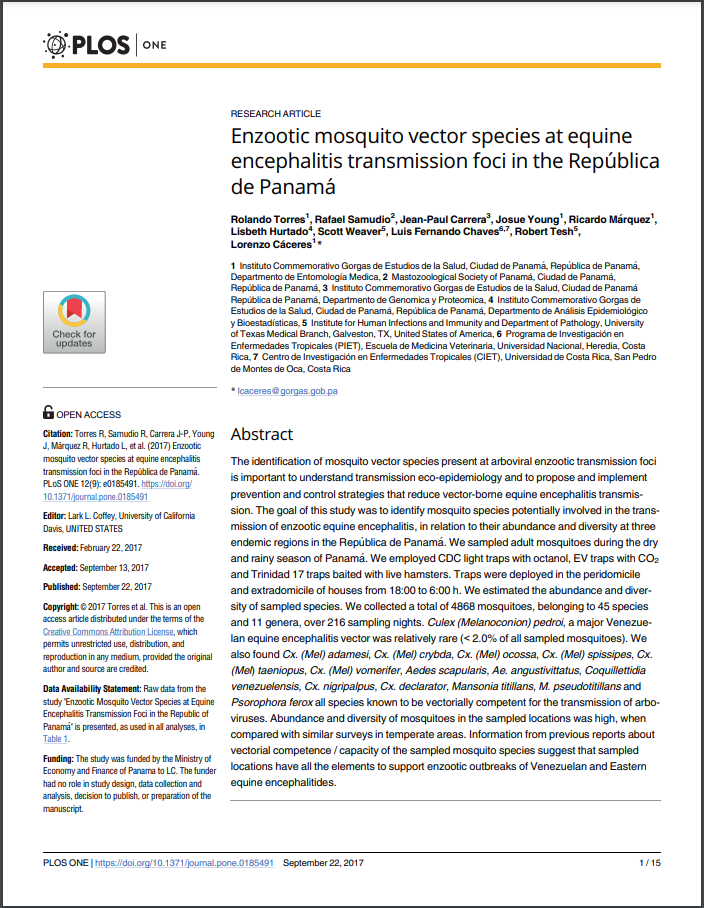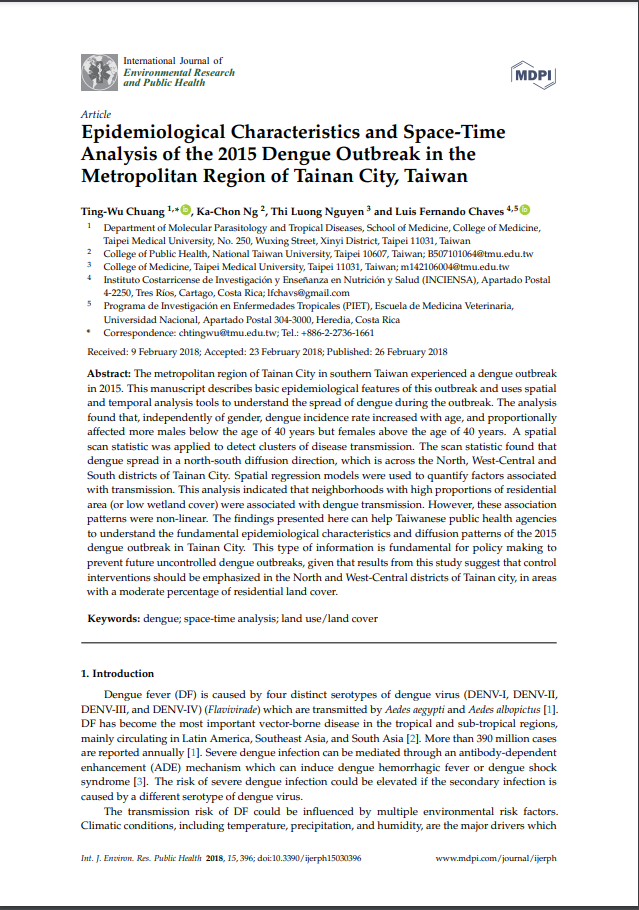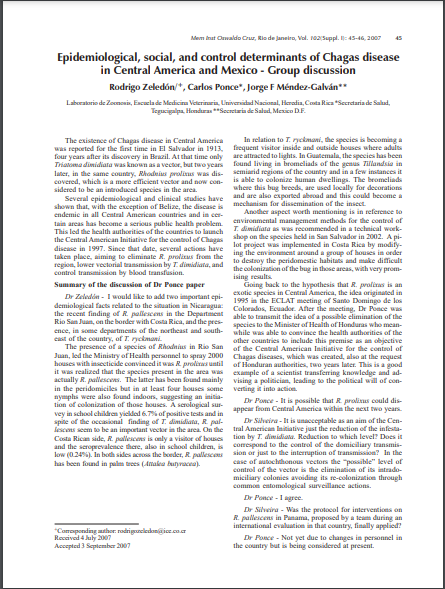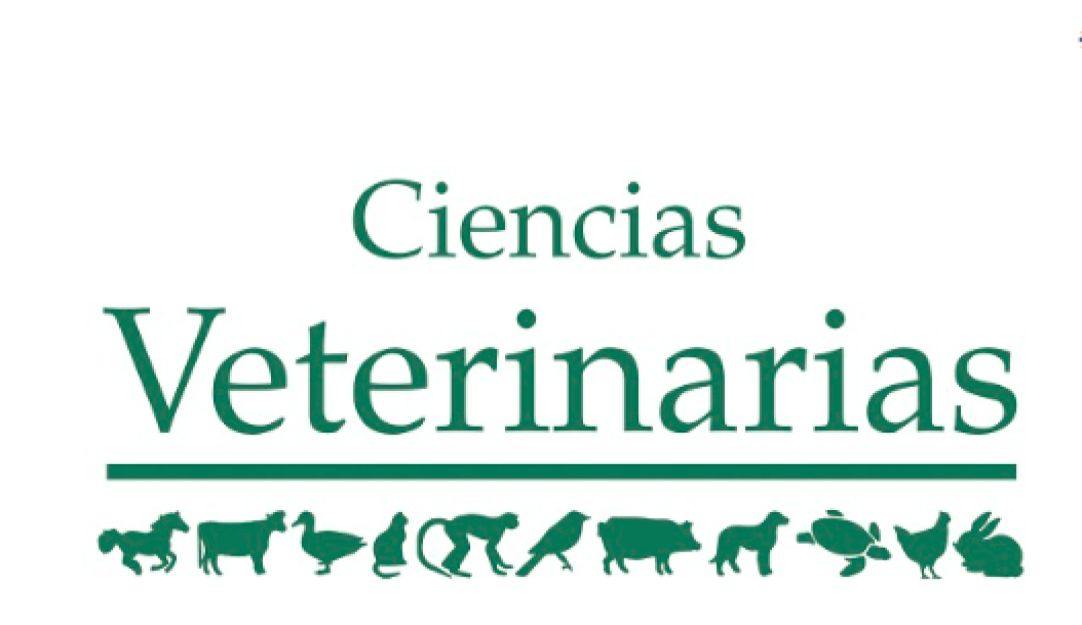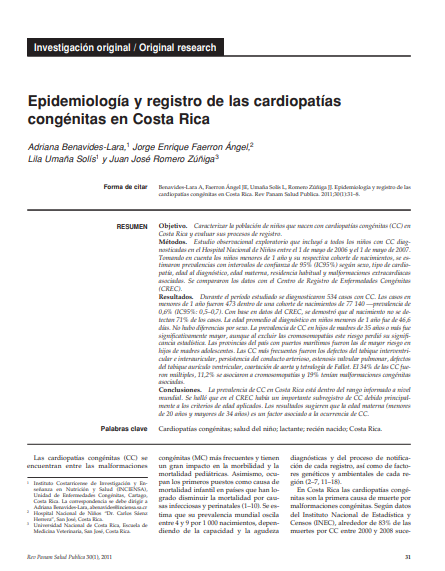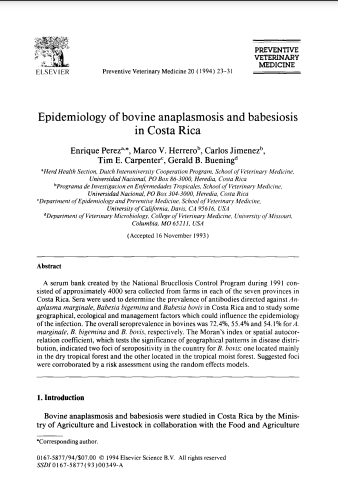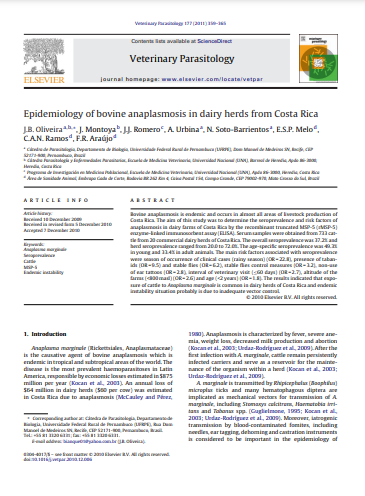Browsing Artículos Científicos by Title
Now showing items 206-225 of 564
-
Eficiencia técnica en hatos lecheros de Costa Rica
(Universidad de Costa Rica, 2015)Eficiencia técnica en hatos lecheros en Costa Rica. El objetivo de este trabajo fue cuantificar índices de eficiencia técnica de 1086 hatos lecheros de Costa Rica (año 2007) utilizando Análisis de Frontera Estocástica. ... -
Ehrlichiosis y anaplasmosis en Costa Rica
(Colegio de Médicos y Cirujanos de Costa Rica, 2013-07)La ehrlichiosis y la anaplasmosis son enfermedades infecciosas producidas por bacterias de la familia Anaplasmataceae y transmitidas por garrapatas. Ambas afectan, entre otras especies, al hombre, ocasionando sintomatología ... -
Emergence of an outbreak-associated Clostridium difficile variant with increased virulence
(Journal of Clinical Microbiology, 2015-04-23)The prevalence of Clostridium difficile infections has increased due to the emergence of epidemic variants from diverse genetic lineages. Here we describe the emergence of a novel variant during an outbreak in a Costa Rican ... -
Emerging Lagochilascaris minor infections in domestic cats from Costa Rica: A zoonotic threat for the region
(Elsevier, 2022)Two cases of lagochilascariasis minor in domestic cats from Costa Rica within a period of two months are recorded for the first time in Central America. Clinical findings included purulent discharge and a tumor in the left ... -
Encefalitis arbovirales en caballos de Costa Rica: 2009-2017
(Universidad Nacional, Costa Rica, 2017)El objetivo de esta investigación fue establecer los agentes arbovirales asociados con la presentación de enfermedades neurológicas en caballos costarricenses en el período 2009-2017. -
Enhancing community health: Veterinary services for underserved areas in Costa Rica with a One Health Approach
(Elsevier Science B.V, 2024-02-09)In underserved areas of Costa Rica, community veterinary services aim to provide comprehensive care for companion animals, covering preventive, therapeutic, and surgical medicine. Emphasizing a One Health approach, our ... -
Entomological and Ecological Aspects of Six Sylvatic Species of Triatomines (Hemiptera, Reduviidae) from the Collection of the National Biodiversity Institute of Costa Rica, Central America
(Memórias do Instituto Oswaldo Cruz, 2001)A total of 797 specimens of wild adult triatomines, belonging to six species from the entomological collections of the Costa Rican National Biodiversity Institute, was studied from the standpoint of their relative ... -
Environmental detection of Batrachochytrium dendrobatidis in a temperate climate
(DISEASES OF AQUATIC ORGANISMS, 2007-09-14)The aetiological agent of amphibian chytridiomycosis Batrachochytrium dendrobatidis is a primary cause of amphibian population declines. Current surveillance is based on the detection of B. dendrobatidis in its host but ... -
Environmental factors associated with Dictyocaulus viviparus and Fasciola hepatica prevalence in dairy herds from Costa Rica
(Universidad Nacional, Costa Rica, 2017-06-15)Dictyocaulosis and fasciolosis are parasitic diseases that cause considerable economic losses for owners of farm animals worldwide, with special relevance on fasciolosis because it is an emerging zoonosis. Indirect diagnosis ... -
Environmental factors associated with Toxoplasma gondii exposure in Neotropical Primates of Costa Rica
(Frontiers in Veterinary Science, 2020-10-22)The apicomplexan parasite Toxoplasma gondii (T. gondii) has been found in more than 350 species of homoeothermic vertebrates in diverse climates and geographic areas. In most animals, T. gondii produces mild or asymptomatic ... -
Environmental forcing shapes regional house mosquito synchrony in a warming temperate island
(BioOne, 2013)Seasonal changes in the abundance of exothermic organisms can be expected with climate change if warmer temperatures can induce changes in their phenology. Given the increased time for ectothermic organism development ... -
Environmental management for the control of Triatoma dimidiata (Latreille, 1811), (Hemiptera: Reduviidae) in Costa Rica: a pilot project
(Memórias do Instituto Oswaldo Cruz, 2006-06)An ecological control method, using environmental management operations, based on biological and behavioral characteristics of Triatoma dimidiata (Latreille, 1811), was implemented as a pilot project in an area of Costa ... -
Enzootic mosquito vector species at equine encephalitis transmission foci in the República de Panamá
(PLOS ONE, 2017-09-22)The identification of mosquito vector species present at arboviral enzootic transmission foci is important to understand transmission eco-epidemiology and to propose and implement prevention and control strategies that ... -
Epidemiological characteristics and space-time analysis of the 2015 dengue outbreak in the metropolitan region of Tainan City, Taiwan
(MDPI, 2018-02-26)The metropolitan region of Tainan City in southern Taiwan experienced a dengue outbreak in 2015. This manuscript describes basic epidemiological features of this outbreak and uses spatial and temporal analysis tools to ... -
Epidemiological, social, and control determinants of Chagas disease in Central America and Mexico - Group discussion
(Memórias do Instituto Oswaldo Cruz, 2007)The existence of Chagas disease in Central America was reported for the first time in El Salvador in 1913, four years after its discovery in Brazil. At that time only Triatoma dimidiata was known as a vector, but two ... -
Epidemiología de la artritis encefalitis caprina en hatos caprinos lecheros de Costa Rica
(Universidad Nacional, Costa Rica, 2009)El objetivo de este trabajo fue determinar aspectos epidemiológicos tales como seroprevalencia, incidencia y factores de riesgo asociados a la transmisión del virus de la artritis-encefalitis caprina (CAEV) en hatos caprinos ... -
Epidemiología y registro de las cardiopatías congénitas en Costa Rica
(Revista Panamericana de Salud Pública, 2011)Objetivo. Caracterizar la población de niños que nacen con cardiopatías congénitas (CC) en Costa Rica y evaluar sus procesos de registro. Métodos. Estudio observacional exploratorio que incluyó a todos los niños con ... -
Epidemiology of bovine anaplasmosis and babesiosis in Costa Rica
(Elsevier, 1994)A serum bank created by the National Brucellosis Control Program during 1991 con sisted of approximately 4000 sera collected from farms in each of the seven provinces in Costa Rica. Sera were used to determine the ... -
Epidemiology of bovine anaplasmosis in dairy herds from Costa Rica
(Elsevier, 2011)Bovine anaplasmosis is endemic and occurs in almost all areas of livestock production of Costa Rica. The aim of this study was to determine the seroprevalence and risk factors of anaplasmosis in dairy farms of Costa Rica ... -
Epidemiology of bovine brucellosis in Costa Rica: Lessons learned from failures in the control of the disease
(PLOS ONE, 2017-08-10)Brucellosis, caused by Brucella abortus is a major disease of cattle and a zoonosis. In order to estimate the bovine brucellosis prevalence in Costa Rica (CR), a total 765 herds (13078 bovines) from six regions of CR ...

